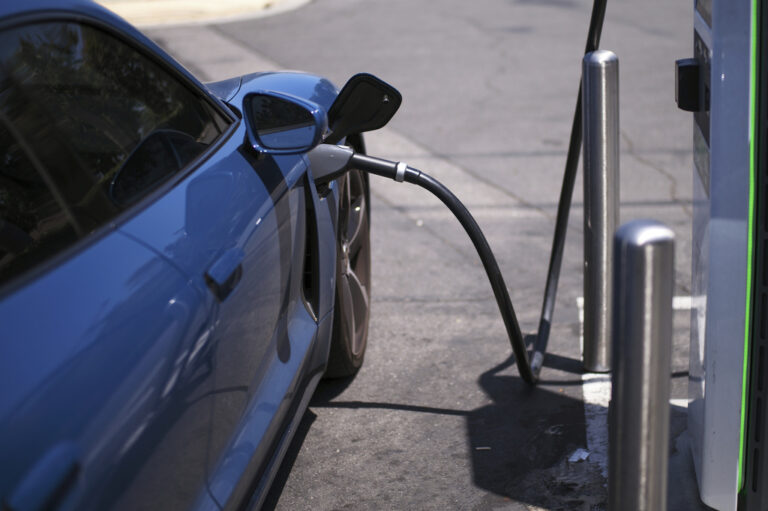The Unworkable Electric Vehicle Mandate
The Biden administration’s recent decision to grant California permission to implement its Advanced Clean Cars II regulations has set off a chain reaction of economic concerns across the United States. Despite the potential economic turmoil it may create for American consumers and businesses, twelve states and the District of Columbia have followed California’s lead in adopting the electric vehicle mandate.

The mandate effectively bans gas-powered and conventional hybrid cars by forcing zero-emissions vehicles to comprise 100 percent of all new car sales by 2035. In response, Congress has passed a Congressional Review Act measure to revoke the EPA waiver that gave California the green light to implement its regulations. Thirty-five House Democrats and Sen. Elissa Slotkin (D-Mich.) joined Republicans in voting to repeal the waiver, demonstrating bipartisan opposition to the mandate.
President Trump should sign the Congressional Review Act resolution into law, despite California’s promise to challenge Congress’s authority to rescind the waiver in court. The reality on the ground suggests that the electric vehicle mandate is unworkable. Traditional cars with gas engines and newer hybrid engines remain widely popular due to their affordability. Moreover, the market conditions and infrastructure capabilities are not yet ready for the transition demanded by the new mandates.
A recent national survey revealed that 65 percent of America’s middle class struggles financially, with 40 percent of all Americans unable to plan beyond their next paycheck. The added burden of increasing electricity prices, expected to rise by up to 30 percent for over 65 million Americans, will only exacerbate the economic strain. Consumers are already wary, and the lackluster national sales of zero-emissions vehicles reflect their concerns.
Even affluent early adopters of electric vehicles face challenges, such as being stranded in “charging deserts” far from public infrastructure. The high cost of installing at-home chargers ($1,000-$2,500) or the risk of overloading circuits and running up electricity bills by plugging into existing outlets presents a lose-lose proposition. Furthermore, data shows that one in five public electric vehicle chargers simply don’t work.
Businesses in states like New Jersey have sounded the alarm, urging Gov. Phil Murphy (D) to stop the rule from taking effect due to the significant costs it will impose on consumers and businesses during an affordability crisis. In contrast, governors in Maryland, Delaware, New York, and Massachusetts have taken executive actions to steer their states away from the onerous sales quotas by delaying or withdrawing associated penalties.
Governors across the country should follow suit and give their constituents a reprieve from California’s impractical mandate by delaying enforcement or withdrawing entirely. The economic reality demands a more nuanced approach to environmental regulations, one that balances the need for cleaner energy with the financial constraints faced by American families and businesses.



